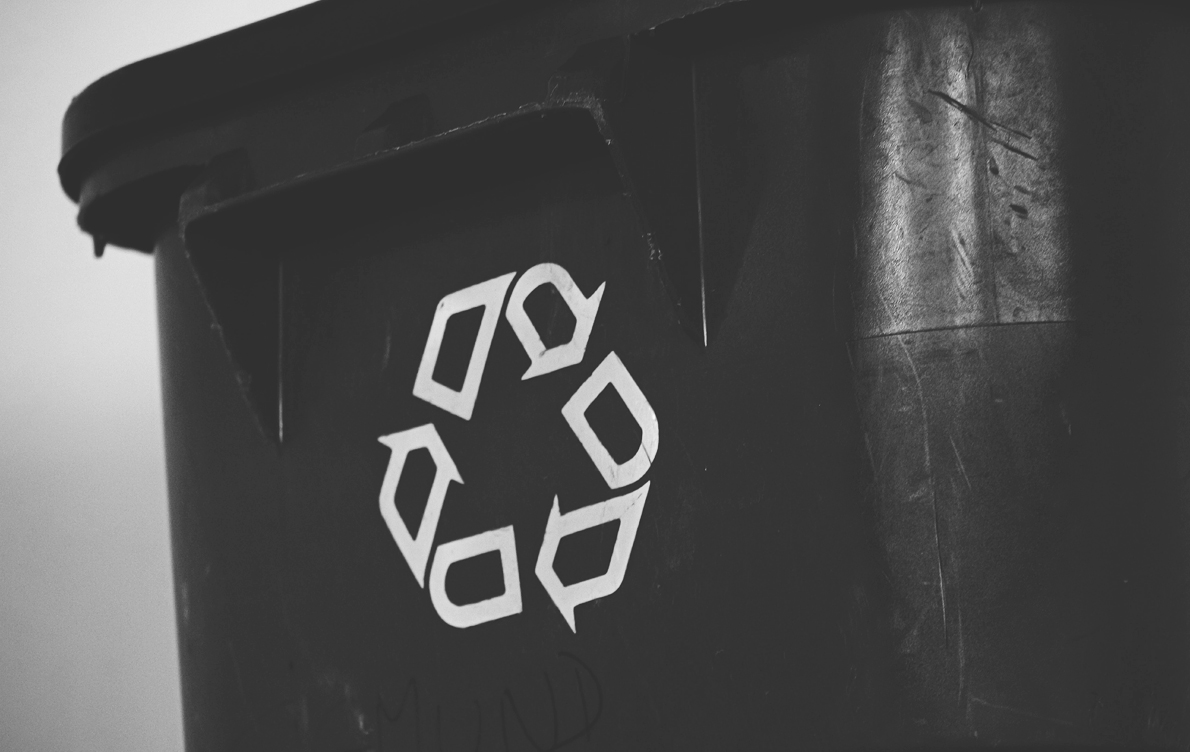Emerging Contaminants Update: New York Releases New PFAS Sampling Guidance
The New York State Department of Environmental Conservation (NYSDEC) just released its new Guidance for Sampling and Analysis of PFAS Under NYSDEC’s Part 375 Remedial Programs January 2020. Click here for background about PFAS chemicals and why regulators are taking action.
The guidance provides sampling protocols for PFAS in soils, sediments, solids, monitoring wells, surface water, private water supply wells, and in fish. With protocols for so many forms of environmental media, this is another step in the direction of regulators moving towards site remediation requirements and expanding well beyond their initial focus on PFAS impacts in drinking water.
Along those lines, last year the NYSDEC issued broad-sweeping guidance requiring all sites in the state cleanup program to sample for PFAS in soil, groundwater, surface water, sediment, and, where applicable, biota. Click here for more details from my partner Jill Richardson’s blog about this expansion of sampling requirements.
All future work plans for investigation and remediation at sites in the state cleanup program should now include these new PFAS sampling and analysis procedures. Furthermore, PFAS analysis must now be included whenever samples are being analyzed for the standard Target Analyte List/Target Compound List. Appendix G of the new guidance lists 19 of the more than 3,000 types of PFAS chemicals, including the most commonly known PFOA, PFOS, and PFNA.
New York has not established cleanup standards for any of the PFAS chemicals yet, so the scope of impact is still unclear. The expansive PFAS sampling requirement does, however, have the potential to significantly impact cost, timing, and complexity of ongoing site investigations and remediation projects, as well as due diligence.
In the big picture, this is yet another move by a state agency in the march towards regulation of PFAS in remediation cases. Stay tuned as we continue to monitor developments in New York and other states, as well as actions on the federal level. Here is EPA’s press release from earlier this month announcing its plans to “aggressively” address PFAS through several regulatory and other actions. 2020 promises to be an active year for PFAS.
As the law continues to evolve on these matters, please note that this article is current as of date and time of publication and may not reflect subsequent developments. The content and interpretation of the issues addressed herein is subject to change. Cole Schotz P.C. disclaims any and all liability with respect to actions taken or not taken based on any or all of the contents of this publication to the fullest extent permitted by law. This is for general informational purposes and does not constitute legal advice or create an attorney-client relationship. Do not act or refrain from acting upon the information contained in this publication without obtaining legal, financial and tax advice. For further information, please do not hesitate to reach out to your firm contact or to any of the attorneys listed in this publication.
Join Our Mailing List
Stay up to date with the latest insights, events, and more






